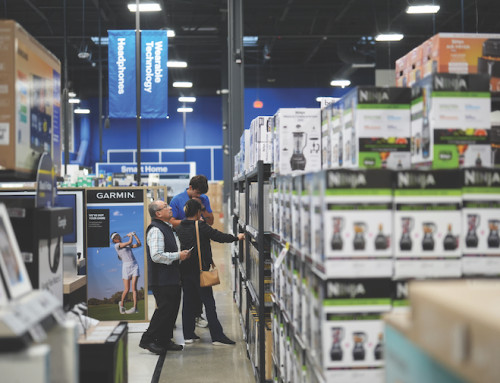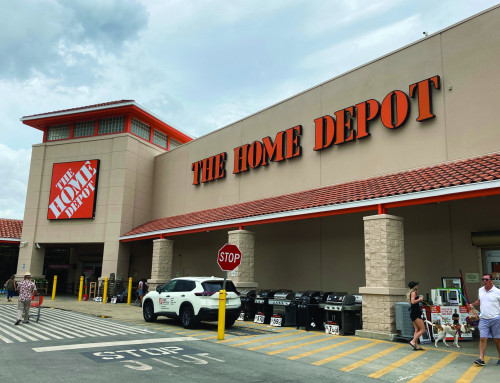OMAHA, Neb. (AP) — Tyson Foods’ decision to close a beef plant that employs nearly one third of the residents of a small Nebraska community could undermine the profits of ranchers nationwide.
Closing a single slaughterhouse might not seem significant, but the Lexington, Neb., plant employs roughly 3,200 people in the city of 11,000 and has the capacity to slaughter some 5,000 head of cattle a day. Tyson also plans to cut one of the two shifts at a plant in Amarillo, Texas, and eliminate 1,700 jobs there. Together those two moves will reduce beef processing capacity nationwide by 7 percent to 9 percent.
Consumers may not see prices change much at the grocery store over the next six months because all of the cattle that are being prepared for slaughter now still will be processed, potentially just at a different plant. Yet in the long run, beef prices may continue to climb even higher than the current record highs — caused by a variety of factors from drought to tariffs — unless American ranchers decide to raise more cattle, which they have little incentive to do.
An increase in beef imports from Brazil, like President Donald Trump encouraged last week by slashing tariffs on the South American country, may help insulate consumers while ranchers and feedlots struggle with high costs and falling prices.
The prospect of losing a major buyer for cattle and increasing imports from Brazil, which already accounted for 24 percent of the beef brought into the country this year, only adds to doubts about how profitable the American cattle business might be over the next several years, making it less likely that American ranchers will commit to raising more animals.
“There’s a just a lack of confidence in the industry right now. And producers are unwilling to make the investment to rebuild,” said Bill Bullard, president of Ranchers-Cattlemen Action Legal Fund United Stockgrowers of America.
Boosting imports from Brazil has the potential to affect the market — much more than Trump’s suggestion
to increase imports from Argentina — since the country sends more beef to America than any other. Yet for steak lovers, the sky-high price of the cut isn’t likely to be affected regardless, as most imports are lean trimmings that get mixed into ground beef.
Kansas State University agricultural economist Glynn Tonsor said it’s hard to predict whether imports will continue to account for roughly 20 percent of the United States beef supply next year. He pointed out that Trump’s tariffs have changed several times since they were announced in the spring and could quickly change again.
The only constant in the equation has been that consumers have continued to buy beef even as prices soar. Tonsor said on average Americans will consume 59 pounds of beef per person this year.
There long has been excess capacity in the meat business nationwide, meaning the nation’s slaughterhouses could handle many more cattle than they are processing. That has only been made worse in recent years as the government has encouraged more smaller companies to open slaughterhouses to compete with Tyson and the other giants that dominate the beef business.
Tyson expects to lose more than $600 million on beef production this year after already reporting $720 million of red ink in beef over the past two years.
Tonsor said it was inevitable that at least one beef plant would close. Afterward, Tyson’s remaining plants will be able to operate more efficiently at closer to full capacity.
Ernie Goss, an economist at Creighton University in Omaha, said the Lexington plant likely wasn’t measuring up in the industry increasingly reliant on technological advancements that enhance productivity.
“It’s very difficult to renovate or make the old plant fit the new world,” said Goss, who completed an impact study for a new Sustainable Beef plant. The Lexington facility “just wasn’t competitive right now in today’s environment in terms of output per worker.”








